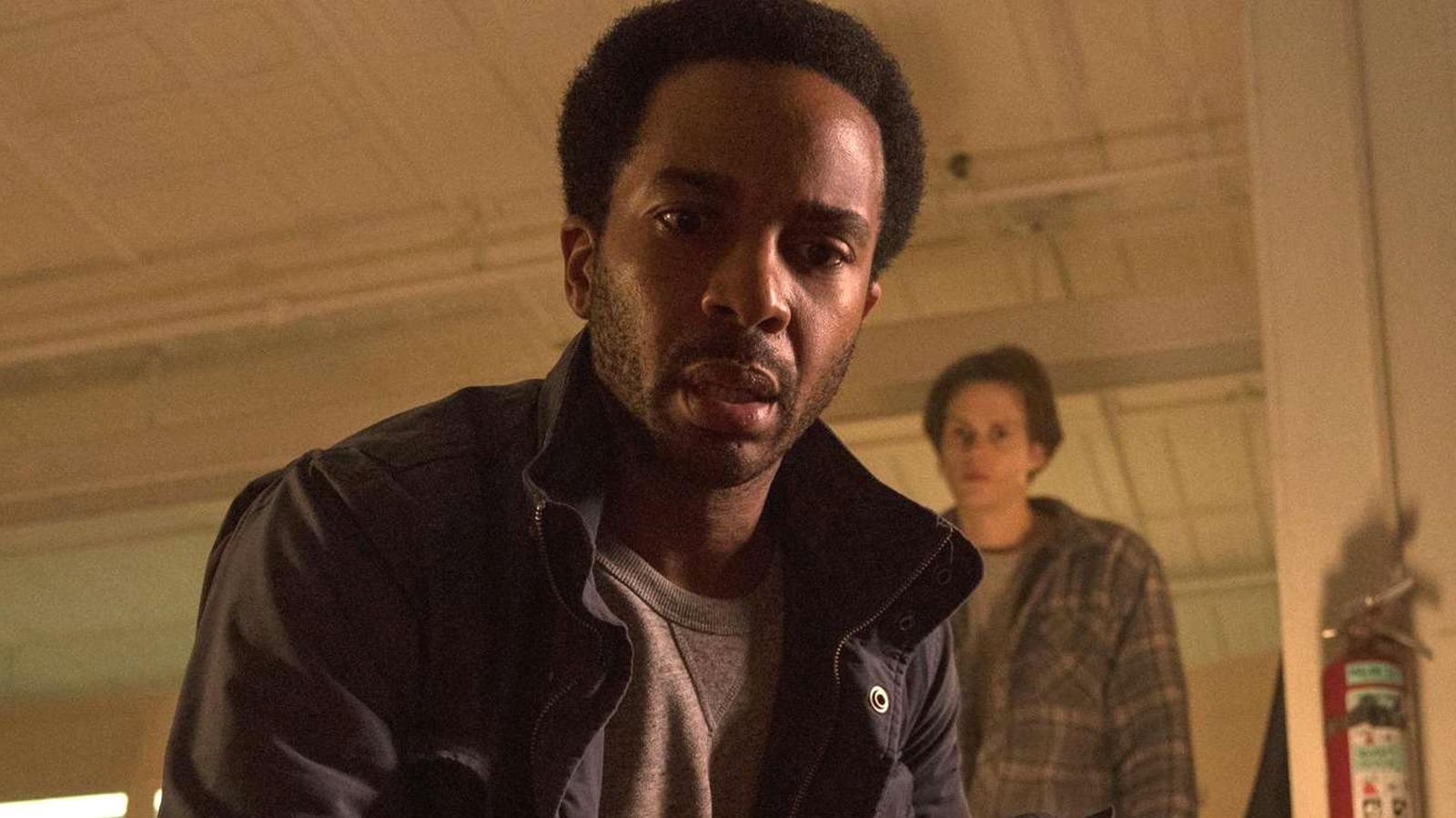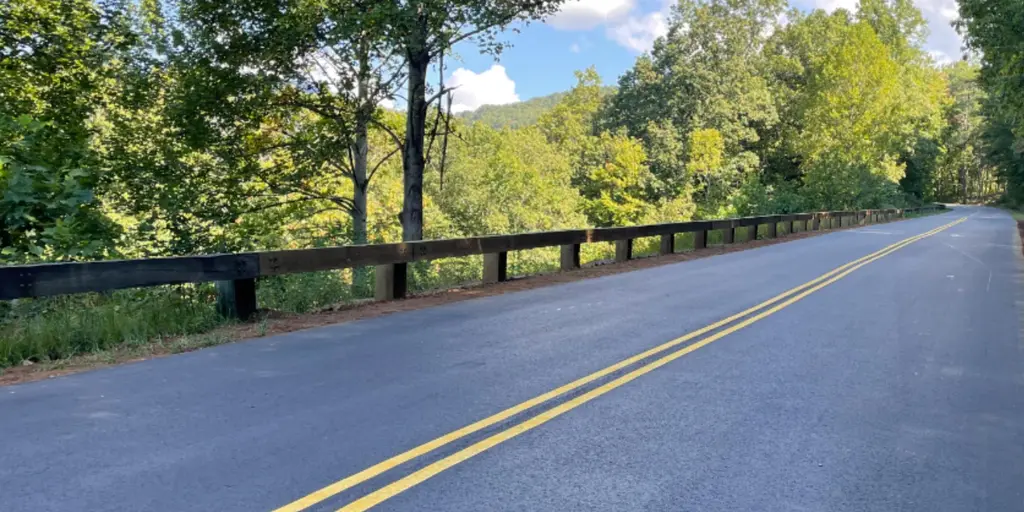By Debopriyaa Dutta
Copyright slashfilm

Hulu’s “Castle Rock” ran for two brilliant seasons, etching a haunting arc of stories that capture exactly why Stephen King’s works of horror scare us. While there were no active expectations for a third season, the horror anthology series was canceled by the network in late 2020. The reasons for this are twofold: firstly, there were never any plans to prolong the series beyond two seasons, and secondly, producer Warner Bros. TV had turned its attention to HBO Max, which was a relatively new offshoot at the time. Moreover, the COVID-19 pandemic might’ve played an unwitting role here, as a slew of other Hulu titles were also canceled around the same time, including “High Fidelity” and “Runaways.”
Even though the show’s cancellation was somewhat expected, more seasons of “Castle Rock” would’ve only worked in the show’s favor. Showrunners Sam Shaw and Dustin Thomason understood that King’s appeal lies in a variety of stories that evoke the horror in the mundane, where everyday situations suddenly morph into something grotesque. After all, the term Castle Rock isn’t a reference to a particular Stephen King work — it is a fictional town that haunts King’s version of Maine throughout his oeuvre. Sporting a small population, Castle Rock has appeared in several stories (from “The Dead Zone” to “Needful Things”), where its terrain is underlain by limestone and often hides a horrifying underbelly that reveals itself when you least expect it.
Given the liminality of this town, much like the concept of “The Twilight Zone” (where reality and fantasy meet in an extradimensional space), Castle Rock is a source of horror that conveys feelings of discomfort. The Hulu series channels this energy through stories that highlight King’s most compelling authorial impulses, where character complexity works hand in hand with supernatural horrors to reveal the worst in humanity. With that in mind, let’s dig deeper into what makes “Castle Rock” stand out as a Stephen King adaptation.



